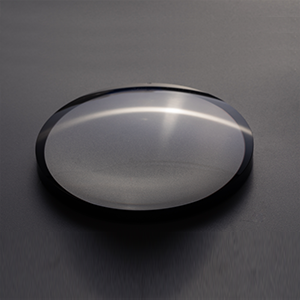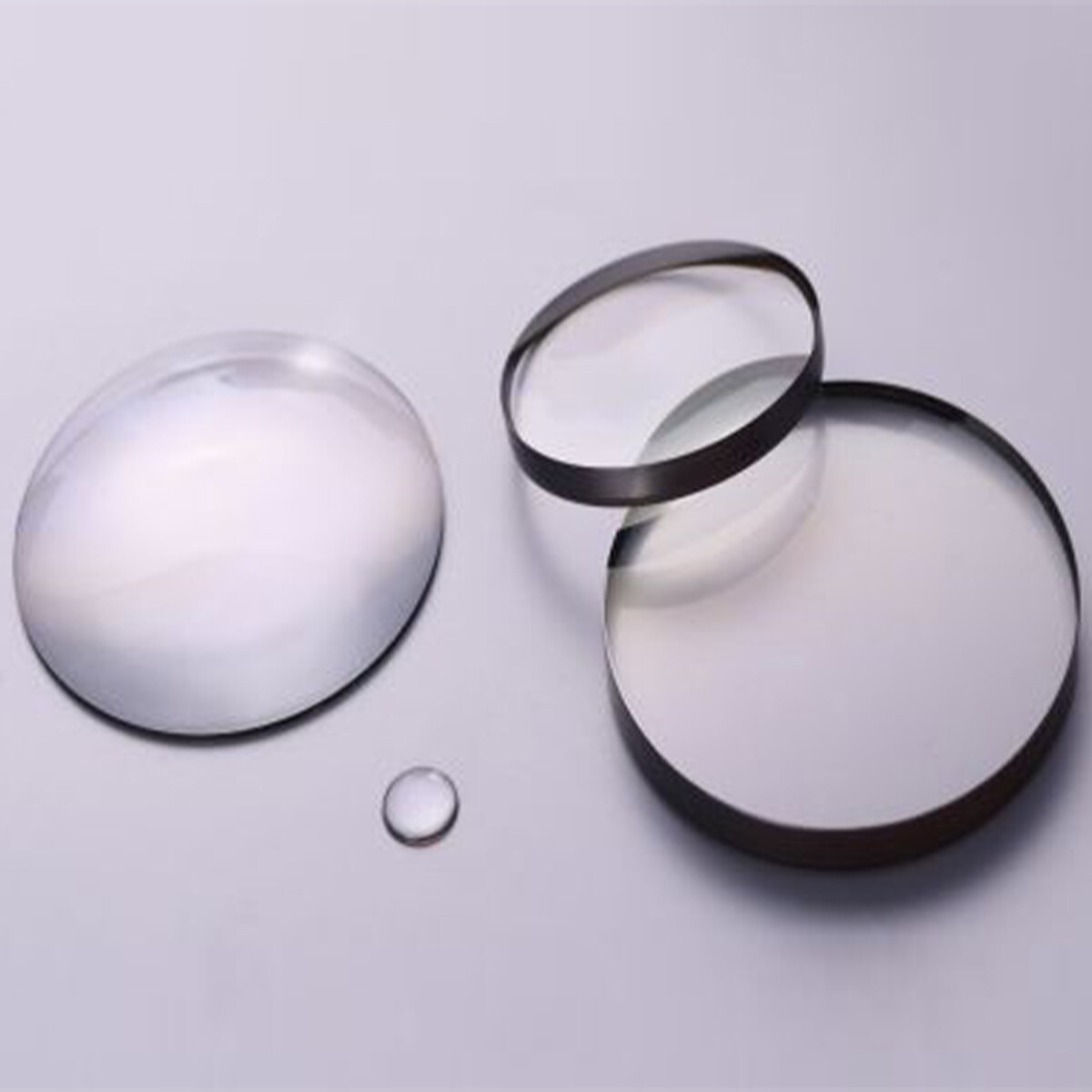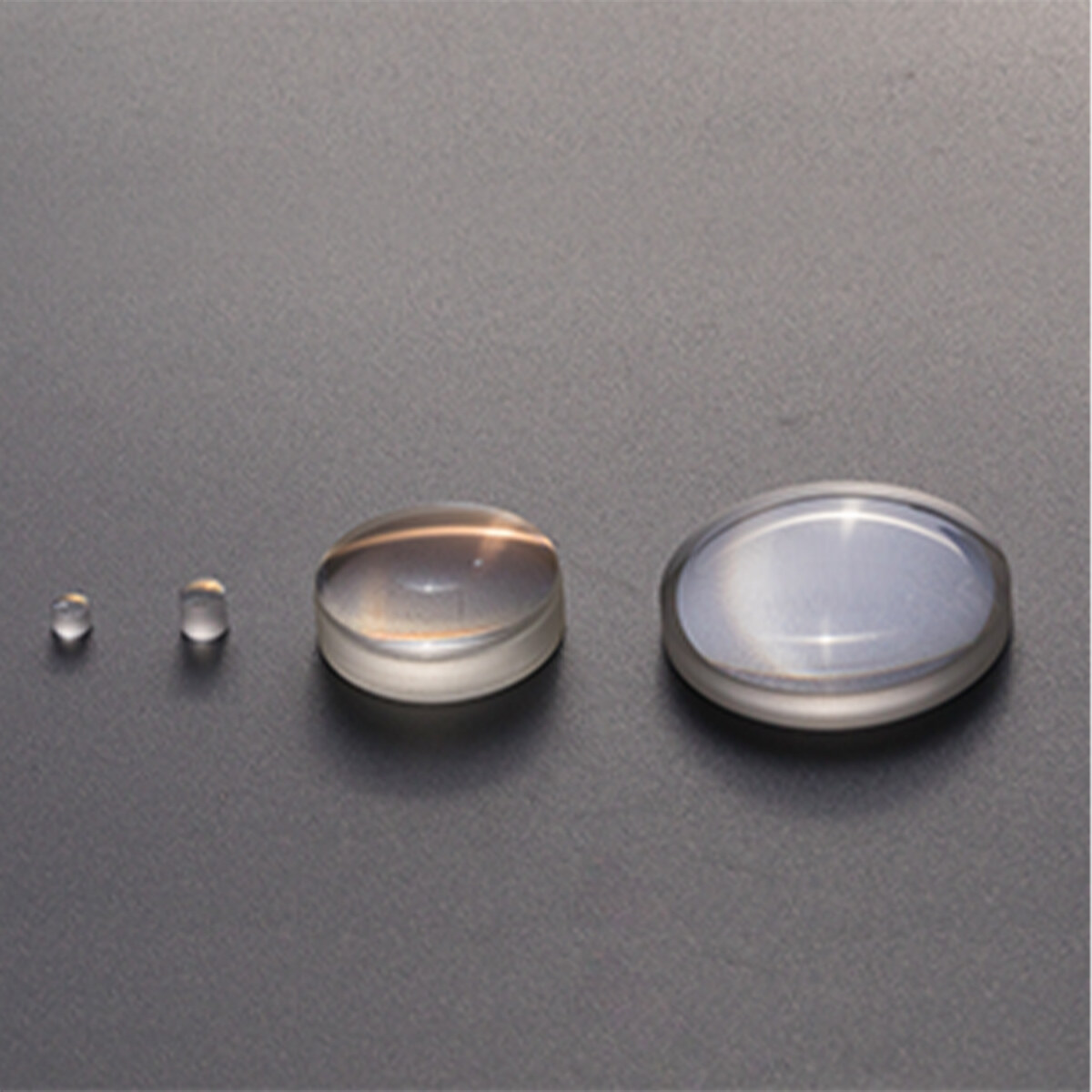Email format error
Email cannot be empty
Email already exists
6-20 characters(letters plus numbers only)
The password is inconsistent
Email format error
Email cannot be empty
Email does not exist
6-20 characters(letters plus numbers only)
The password is inconsistent

Biconcave Lens
If you are looking for a wholesale optical concave lens manufacturing price list, we can help! Our optical lens can be widely used in various fields such as safety, vehicle, digital camera, laser, optical instruments, etc.If you need an optical concave lens,contact us to get lens manufacturing wholesale pricelist.
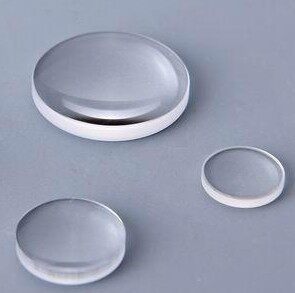
Selection skills of optical lens
An optical lens is an optical element made of transparent material, the surface of which is part of the spherical surface. It is made according to the refraction law of light.
A lens is a refractor whose refracting surface is a transparent body with two spheres (part of the sphere) or one sphere (part of the sphere) and one plane. Convex lens: thick in the middle and thin at the edge, including biconvex, Plano-convex, and concave-convex; Concave lens: thin in the middle and thick at the edge, including double concave, flat-concave, and convex-concave.
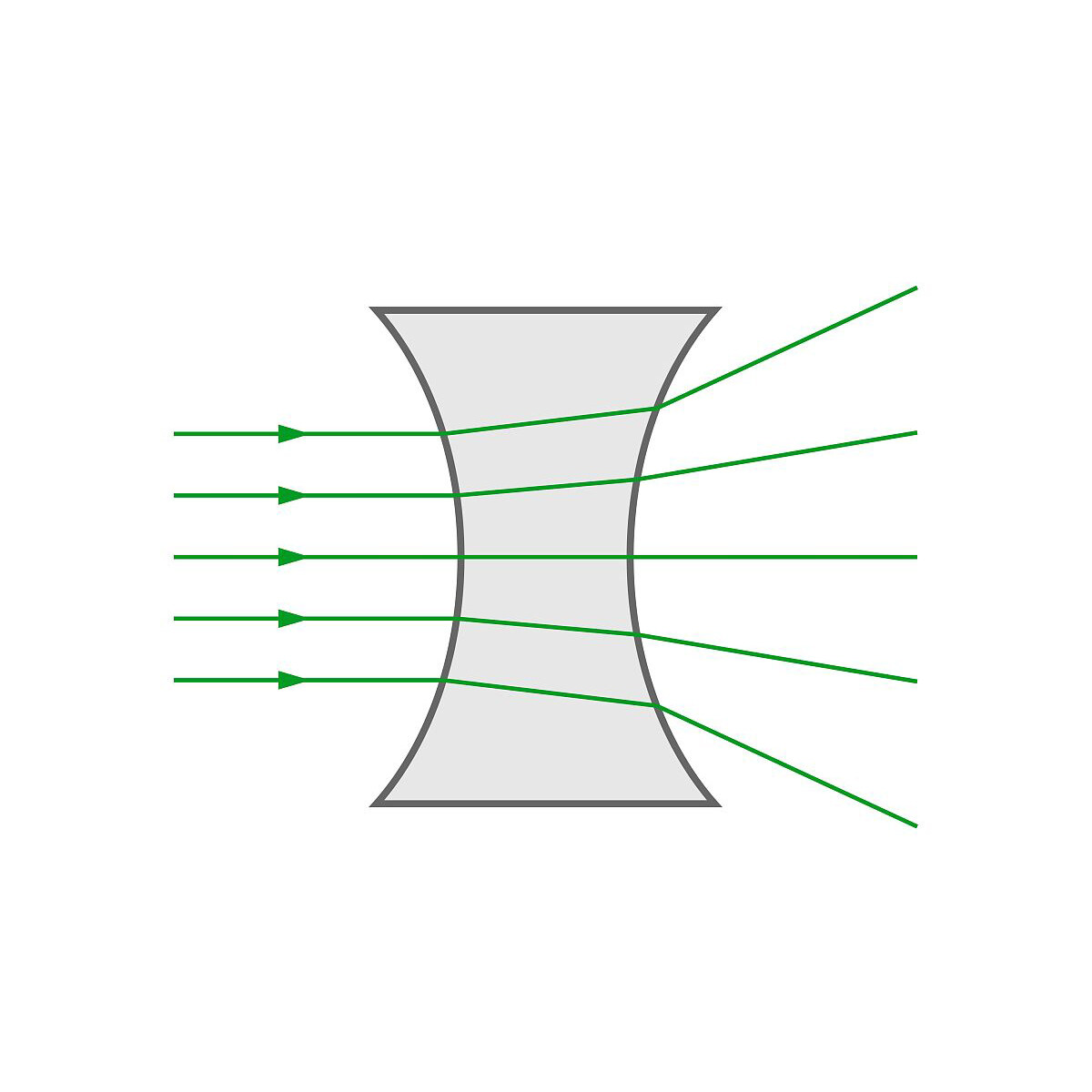
An optical lens uses the refraction principle of light in the optical system to realize light aggregation, light dispersion, and optical imaging, which can optimize color correction and correct spherical aberration.
The optical lens can be widely used in various fields such as safety, vehicle, digital camera, laser, optical instruments, etc. With the continuous development of the market, lens technology is becoming more and more popular.
The functions of an optical lens in an optical system are focusing, collimating, and imaging. The lens usually needs to be coated with an antireflection film to reduce the reflection of the lens surface, which can reduce the loss of light energy and make the imaging clearer.
The function of lens in lamp
1. Because the lens has a strong condensing ability, it is not only bright but also clear to illuminate the road with it.
2. Because the light dispersion is very small, its light range is longer and clearer than that of ordinary halogen lamps. Therefore, you can immediately see things in the distance and avoid crossing the intersection or missing the target.
3. Compared with the traditional headlamp, the lens headlamp has uniform brightness and strong penetration, so it has strong penetration on rainy days or foggy days. Thus, oncoming vehicles can immediately receive light information to avoid accidents.
4. The service life of HID bulb in the lens is 8 to 10 times that of the ordinary bulb, to reduce the unnecessary trouble that you always have to change the lamp.
5. The lens xenon lamp does not need to be equipped with any power supply system, because the real hid gas discharge lamp should have a voltage stabilizer with a voltage of 12V, and then turn the voltage into normal voltage to stably and continuously supply the xenon bulb with light. Thus, it can save electricity.
6. As mentioned in Article 5, because the lens bulb is boosted to 23000V by the ballast, it is used to stimulate the xenon to achieve high brightness at the moment when the power is just turned on, so it can maintain the brightness for 3 to 4 seconds in the case of power failure. This can make you prepare for parking in advance in case of emergency and avoid disaster. Traditional halogen lamps cannot do this.
Tips for selecting an optical lens
1. The distance of the product is affected by its angle;
2. Follow the measurement results;
3. Select according to the light intensity requirements.
Use of optical lens
1. Fiber array coupling;
2. Optical communication;
3. Reconfigurable optical add-drop multiplexer, wavelength selector switch;
4. Multiplexer/multiplexer, optical cross-connect equipment.
An optical lens is a device that can concentrate or disperse light rays, which can affect the wavefront curvature of light. The images produced include both real images and virtual images. All kinds of common colorless optical glasses, including quartz, calcium fluoride, magnesium fluoride, silicon, germanium, zinc selenide, and other materials, as well as the plano-convex lens, biconvex lens, planoconcave lens, biconvex lens, super hemispherical lens, small spherical lens, meniscus lens, cylindrical mirror, strip mirror, bonding mirror and so on.
Optical lens applications
Virtual Reality, camera, magnifying glass, projector, optical imaging, astronomical observation, scientific research, military industry, mobile phone external lens, photographic lens, telecentric lens, infrared lens, collimation lens, military lens, and other high-end lenses.



